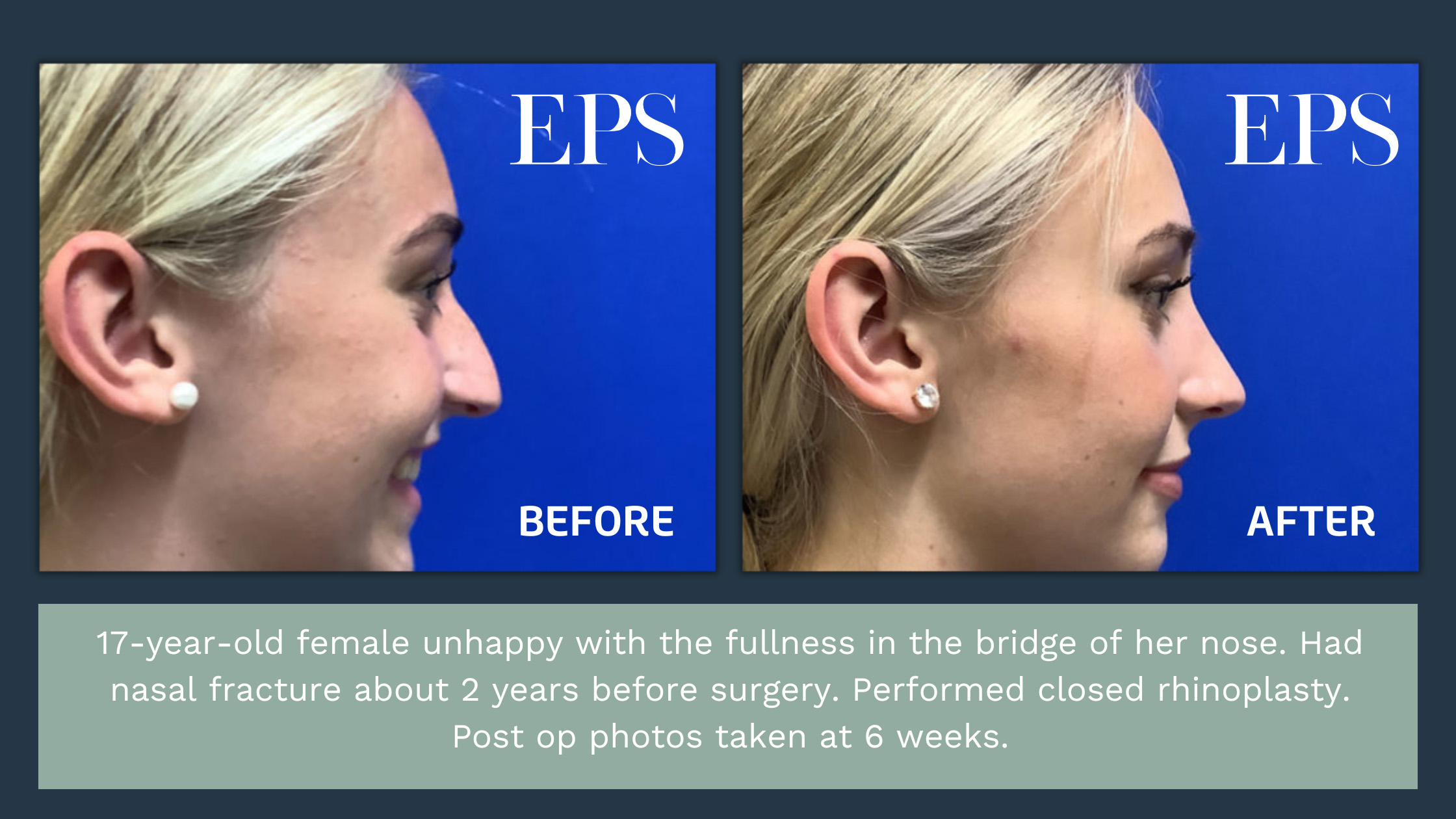Whether you run a general surgery clinic, a cosmetic practice offering rhinoplasty, or a gastroenterology center providing endoscopy, staying ahead requires both clinical excellence and strategic marketing.
This article explores how different specialties—surgical care, facial aesthetics, endoscopy—are evolving in the American market, and how tools like Google Ads help doctors reach the right patients.
If you’re a US healthcare professional wondering how to attract more patients, keep reading.
General Surgery Trends in the US
Recent trends show increasing specialization within general surgery, with more surgeons focusing on minimally invasive techniques, robotic surgery, and outpatient procedures.
ASCs allow general surgeons to perform procedures like hernia repairs, gallbladder removal, and appendectomies outside traditional hospital settings.
For general surgeons to remain competitive, clinical expertise must be paired with business acumen.

Why Rhinoplasty Is Booming in America
According to the American Society of Plastic Surgeons, thousands of rhinoplasties are performed annually, reflecting rising demand for facial harmony and aesthetic refinement.
Surgeons now use advanced imaging, 3D simulations, and minimally invasive approaches to tailor outcomes to each patient’s facial features.
Reputation management, online reviews, and strategic marketing—especially through social platforms and Google Ads—are critical to attracting patients.
How Endoscopy Shapes Gastroenterology in the US
Procedures like upper GI endoscopy and colonoscopy allow doctors to detect ulcers, polyps, cancers, and inflammatory diseases with precision.
Technological advances have expanded endoscopy’s capabilities.
Gastroenterologists benefit from marketing strategies that explain the value of early detection, outline procedure safety, and highlight insurance coverage.

How Google Ads Is Changing Medical Marketing for Doctors
By bidding on targeted keywords and setting location-based campaigns, clinics can increase visibility and attract the right audience.
Doctors need to craft compelling ad copy, select relevant keywords, and optimize landing pages to convert clicks into bookings.
Effective digital advertising bridges the gap between excellent clinical services and patient awareness, driving growth across medical specialties.
Integrating Medical Services with Digital Strategies
It’s no longer enough to offer outstanding care if patients can’t find you online.
For example, a general surgery clinic can use educational blog posts and local SEO to attract patients searching for hernia repairs or gallbladder removals.
Patients should see consistent, trustworthy information on your website, ads, and social profiles.
How Clinics Can Succeed in a Competitive Medical Landscape
The US healthcare landscape is vast and competitive, but opportunities abound for clinics that combine medical skill with smart business strategies.
Investing in new technologies, from advanced endoscopy equipment to 3D rhinoplasty imaging, helps improve patient outcomes and sets your practice apart.
By focusing on quality care and strategic visibility, your practice can navigate challenges and achieve sustainable growth for years to come.
Frequently Asked Questions for US Medical Clinics
How do general surgeons increase patient volume?
General surgeons can boost patient numbers by optimizing their online presence, using local SEO, encouraging patient reviews, and running targeted Google Ads campaigns.
What’s driving the demand for rhinoplasty?
Advances in surgical techniques, minimally invasive options, and natural-looking results have broadened its appeal.
How does endoscopy improve diagnostics?
Regular screenings, like colonoscopies, play a key role in preventive healthcare.
What advantages does paid digital advertising offer doctors?
Google Ads allows clinics to target specific patient needs, locations, and search behaviors, delivering tailored ads to people actively seeking services.
What’s the future of medical marketing in the US?
The future of medical marketing includes greater use of AI for patient targeting, more emphasis on personalized content, and integration of social proof like reviews and testimonials.
informacoes a mais veja detalhes